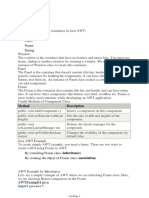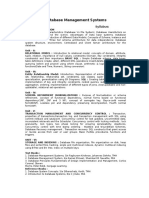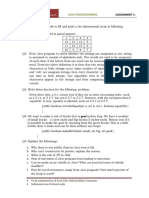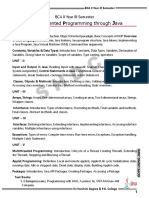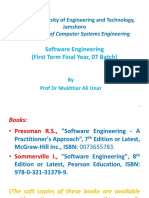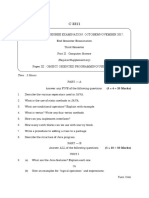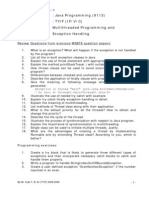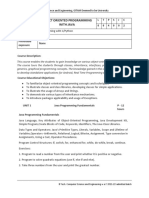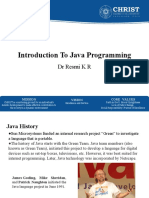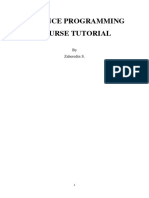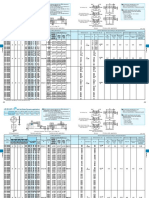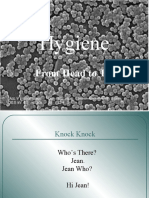0% found this document useful (0 votes)
154 views7 pagesJava Programs
The document provides an overview of core Java programming concepts including operators, types of operators like arithmetic, relational, logical and assignment operators. It discusses unary, binary and ternary operators and provides examples. The document also covers type casting and examples of widening and narrowing primitive type casting.
Uploaded by
aamundaragiCopyright
© © All Rights Reserved
We take content rights seriously. If you suspect this is your content, claim it here.
Available Formats
Download as DOCX, PDF, TXT or read online on Scribd
0% found this document useful (0 votes)
154 views7 pagesJava Programs
The document provides an overview of core Java programming concepts including operators, types of operators like arithmetic, relational, logical and assignment operators. It discusses unary, binary and ternary operators and provides examples. The document also covers type casting and examples of widening and narrowing primitive type casting.
Uploaded by
aamundaragiCopyright
© © All Rights Reserved
We take content rights seriously. If you suspect this is your content, claim it here.
Available Formats
Download as DOCX, PDF, TXT or read online on Scribd
/ 7







